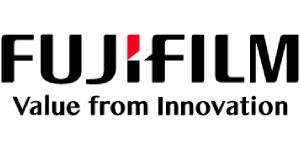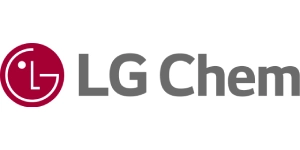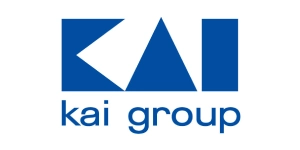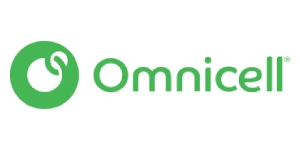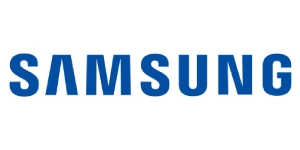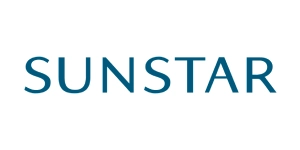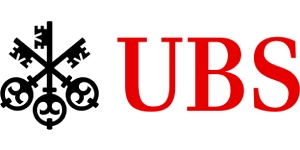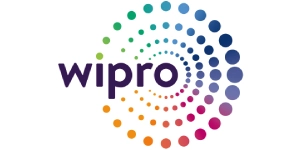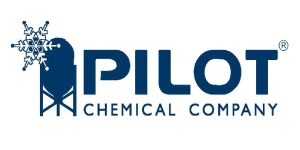Macrolide Antibiotics Market Trends (2025-2032): Growth Forecast and Industry Outlook
Category : Pharmaceuticals | Published Date : May 2025 | Type : Press Release
The macrolide antibiotics market focuses on a class of antibacterial drugs known for their broad-spectrum activity and effectiveness against respiratory tract infections, skin conditions, and sexually transmitted diseases. These antibiotics, such as azithromycin, clarithromycin, and erythromycin, function by inhibiting bacterial protein synthesis. Their preference over other antibiotics arises from their fewer side effects and oral bioavailability. The market is driven by the increasing prevalence of bacterial infections, rising antibiotic resistance, and the growing demand for alternative therapies to β-lactams and quinolones.

The projected growth is also supported by research into new macrolide derivatives and formulations. With a focus on safety, efficacy, and resistance management, the market continues to attract investment from both established pharmaceutical players and emerging biotech firms.
Global Macrolide Antibiotics Market Trends (2025-2032):
- Surge in Use of Azithromycin and Clarithromycin:
One of the most notable trends in the macrolide antibiotics market is the growing use of azithromycin and clarithromycin due to their broad-spectrum activity and fewer gastrointestinal side effects. The global healthcare community's focus on reducing hospital stays and minimizing antimicrobial resistance is indirectly supporting this trend, as macrolides are often prescribed as first-line or second-line treatments. As newer macrolide formulations enter the market, particularly with enhanced tissue penetration and longer half-lives, the demand for these two agents is expected to remain high through the forecast period.
- Rising Demand in Veterinary and Agricultural Applications:
Beyond human medicine, macrolide antibiotics are widely used in veterinary healthcare to treat respiratory and gastrointestinal infections in livestock, poultry, and companion animals. This trend is supported by the growing global meat and dairy industry, where animal health management is critical for productivity. Tylosin and tilmicosin, macrolides commonly used in animals, are witnessing steady demand, particularly in regions with large-scale livestock operations such as North America, China, and Brazil. Furthermore, with the growing emphasis on One Health, a holistic approach to human, animal, and environmental health, the veterinary application of the macrolide antibiotics market is likely to remain a significant contributor to market growth.
- Focus on Antimicrobial Resistance and Drug Innovation:
The global healthcare sector is increasingly concerned about the rise in antimicrobial resistance (AMR), pushing the industry to innovate macrolide formulations that are both effective and resistance-mitigating. Telithromycin and solithromycin are examples of such next-generation compounds aimed at tackling resistant pathogens, especially in respiratory infections.
Furthermore, combination therapies involving macrolides and beta-lactams are being explored to increase bactericidal activity and reduce treatment failures. The demand for innovation is not just clinical; it is also strategic, as companies look to differentiate products and address regulatory pressure. This proactive approach ensures that macrolides remain competitive in an era where antibiotic effectiveness is under growing scrutiny.
Macrolide Antibiotics Market Growth Forecast (2025–2032)
The macrolide antibiotics market is set to witness stable growth from 2025 to 2032, driven by rising incidences of respiratory and skin-related bacterial infections across both developed and developing regions. Improved access to healthcare, especially in emerging economies, has led to increased prescription volumes for macrolides, particularly azithromycin and clarithromycin.
Additionally, the market is witnessing consistent demand for treatment of conditions like pneumonia, bronchitis, and Mycobacterium avium complex infections. The pharmaceutical sector is also investing in the development of macrolide derivatives with enhanced efficacy and reduced resistance profiles. Moreover, macrolides continue to gain attention for their anti-inflammatory properties, expanding their use beyond traditional bacterial infections.
With strategic expansions in generic drug manufacturing and supportive regulatory environments, the market outlook remains positive. Continuous innovation in drug delivery systems, such as once-daily dosing and extended-release tablets, is further enhancing treatment adherence and reinforcing long-term market growth.
Macrolide Antibiotics Industry Outlook (2025–2032)
The macrolide antibiotics market is on a growth trajectory, powered by consistent medical demand, strong product pipelines, and adaptability across human and veterinary applications. From respiratory and gastrointestinal infections to emerging combination therapies, macrolides have proven their value across multiple clinical scenarios. With increasing demand for oral antibiotics in both developed and emerging markets, the industry is investing in cost-effective manufacturing and expanding distribution networks.
Regulatory bodies are also supporting clinical trials and approvals for newer macrolide derivatives to combat antibiotic resistance, thereby encouraging product pipeline development. In the veterinary segment, growing emphasis on regulated therapeutic use is pushing manufacturers toward innovation in animal-specific applications. Additionally, advancements in drug delivery systems, especially extended-release formats, are enhancing patient compliance and prolonging the shelf life of macrolide products.
The market growth is further reinforced by a diverse application base spanning respiratory infections, gastrointestinal disorders, sexually transmitted diseases, and even off-label anti-inflammatory uses. As the world continues to face bacterial challenges, both common and emerging, macrolide antibiotics will remain a cornerstone of global infectious disease management, offering accessible and effective solutions for patients and providers alike.


